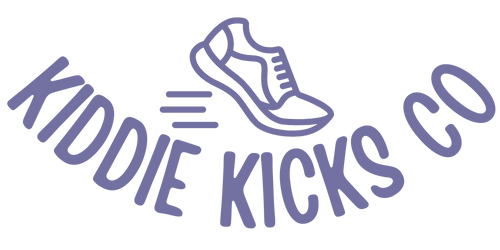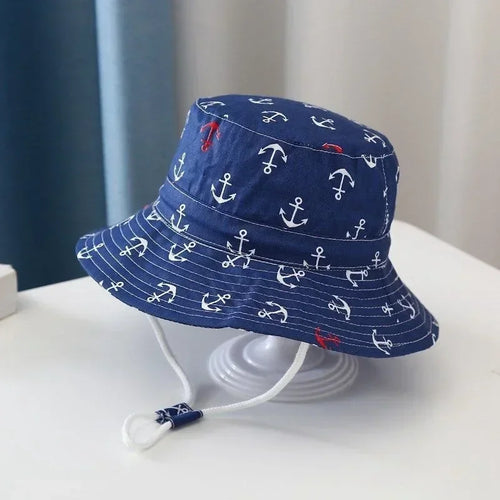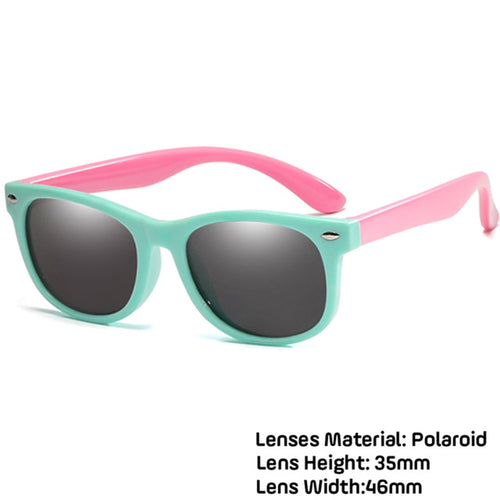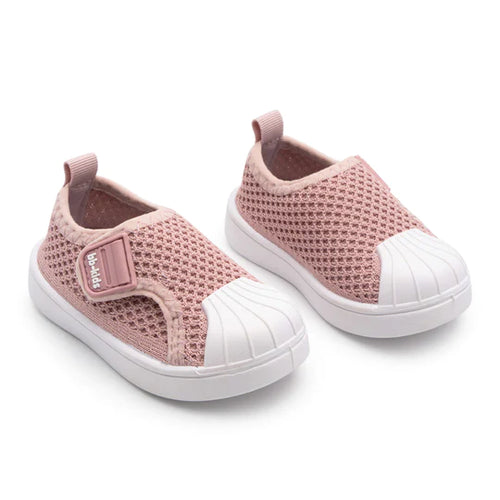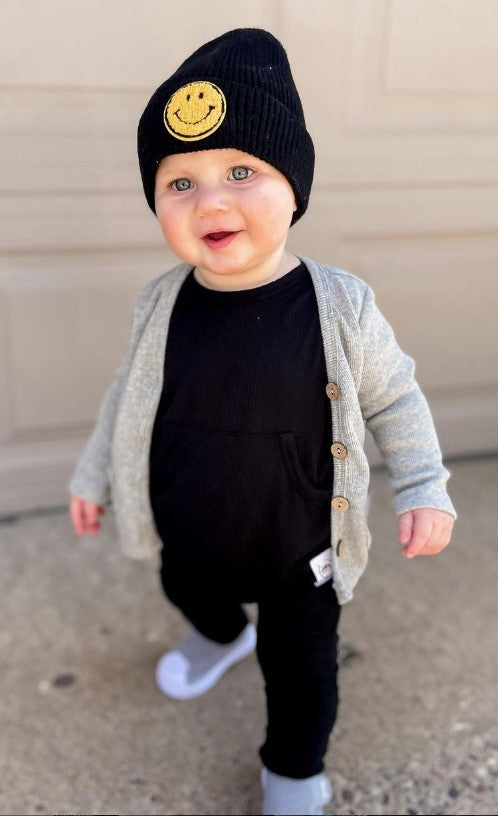As our little ones start to toddle around, the footwear we select plays a pivotal role in their comfort and foot health. The early walking phase, typically from 9 to 18 months, is a time of rapid growth and change. Just think – those tiny feet will support your child through countless adventures, first steps, runs, and jumps.
The Science of Foot Growth
It's a common misconception that children's feet are merely smaller versions of adult feet. In fact, a baby's foot contains more cartilage than bone, which gradually ossifies to become the 26 bones that adults have. During the first year, their feet grow rapidly, up to half their adult foot size. And by the age of 12, a child's foot is about 90% of its adult length. This underscores the need for shoes that accommodate fast-growing feet.
Identifying and Overcoming Common Foot Problems
Parents need to be vigilant about potential foot problems that can arise from ill-fitting shoes:
-
Flat Feet: Most toddlers appear to have flat feet because the arch hasn't fully developed. This usually rectifies itself. However, shoes that don't fit well can hinder the natural development of the arch.
-
Toe Deformities: Shoes that are too tight can lead to deformities like hammertoes and ingrown toenails.
-
Pigeon Toes: Some children walk with their feet turned inwards. While this often self-corrects, supportive shoes can ensure the problem doesn't get worse.
To avoid these issues, parents must learn about the different foot types and shapes. For instance, some children have wider feet, some have high arches, while others might have a more standard foot shape.
The Impact of External Factors
Besides growth and developmental factors, external elements can influence a child's foot health. Factors like the type of surface they walk on, their activity level, and even genetic factors play a role in their overall foot health.
Tapping into Expertise: The Role of Paediatricians and Podiatrists
Parents are not alone in their journey. Paediatricians and podiatrists are valuable resources in the shoe selection process, especially if a child has unique foot needs. Regular check-ups ensure that potential problems are identified and addressed early.
Cultural Influences and Footwear Traditions
In many cultures, there are traditions and beliefs related to children's footwear. For instance, certain societies believe in keeping a child barefoot for as long as possible. Understanding and respecting these traditions, while balancing them with modern foot health knowledge, is essential.
In Conclusion
Selecting the perfect shoe is an evolving process that changes as our children grow. The journey can seem overwhelming, but armed with the right information, parents can make informed decisions, ensuring their little wanderers' feet are well-supported.
Ready to make more informed footwear choices for your toddler? Dive deeper with our comprehensive guide here.
